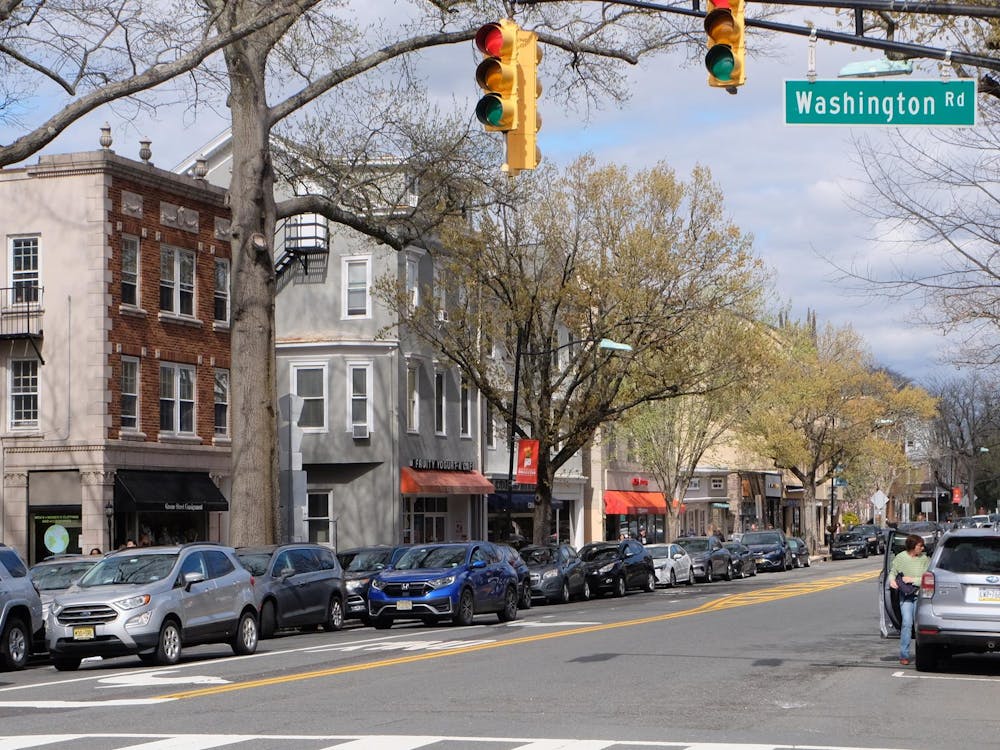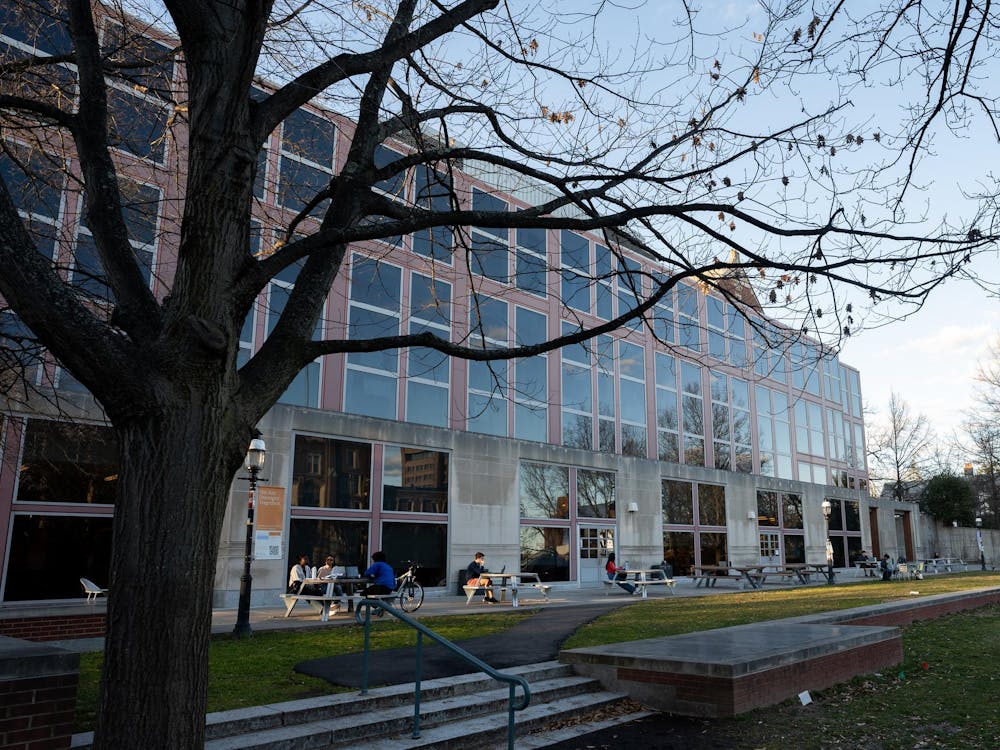The University is in the process of creating more gender neutral, single stall bathrooms around campus, according toMichele Minter, vice provost for institutional equity and diversity.
“There’s just been a lot of interest from students over the past couple years to have more gender neutral bathrooms, as well as interest from our Office of Disability Services,”Minter said.
The buildings of interest are academic, athletic and other non-residential buildings, Assistant Vice President for the Office of Design and Construction Anne St. Mauro said.
The conversion process can better accommodate the needs of gender non-conforming students and disabled or older people who need a caretaker to come into a bathroom with them, as well as the parents of young children of a different gender who want their children to accompany them, Minter explained.
“So, for example, it’s my understanding that the E-Quad has very few gender neutral bathrooms, so that’s an area where there’s clearly need,” Minter said. “So that becomes a priority.”
The Office of Design and Construction conducted a survey over the summerthat entailed identifying, mapping and photographing every single-occupant bathroom on campus, St. Mauro said.
“It took quite a while to get through that,” St. Mauro said, explaining that they had to identify whether each bathroom was identified as neutral, men’s or women’s and also determine whether each of them met handicap accessibility requirements.
However, making these conversions required first receiving approval from the state, as these conversions don’t comply with state building codes, St. Mauro said.
“It was quite challenging to figure out how to make these conversions because they were not in line with New Jersey design standards,” Minter said.
The code requires buildings that house more than 50 occupants to have designated men’s and women’s restroom facilities, according to St. Mauro. While the state has agreed to allow the conversions, they require separate paperwork for every single building where a bathroom conversion is taking place.
“It was based in trying to describe the way the modern world functions right now. There are many people with many different needs,” St. Mauro said in explaining the University’s rationale for their requested variation from code. “Frankly, drawing the line between men and women in certain instances doesn’t make any sense for single occupancy rooms.”

Conversion will require simply removing old signs, adding new ones and repainting where necessary, St. Mauro said. During the assessment process, Facilities is also double checking to make certain that handicap bathrooms are accurately labeled, which will be reflected in the new signs, St. Mauro said.
The LGBT Center first brought student concerns regarding the lack of gender-neutral bathrooms to the University’s attention, Minter said. The LGBT Center currently has a map of gender-neutral bathrooms on its website to help gender non-conforming people identify bathrooms where they would feel comfortable, Minter said.
“Everybody benefits if there is more flexibility, so I think its very much in keeping with our values. I think it’s a good thing,” Minter said. “That’s why the University went to the trouble of trying to negotiate with the state over this, because we do think it is better for our campus community if we have more gender-neutral facilities.”
Students, likeCatherine Wu ’17, said they are pleased with the University's decision.
“I support gender-neutral bathrooms since they offer a more inclusive option to those who do not identify as male or female,” Wu said. “This would especially benefit trans people since they are in a unique situation where they tend to garner negative reactions and feel uncomfortable in both male and female restrooms.”







